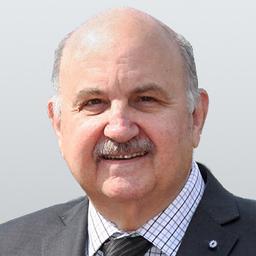Commentary
Four months ago I warned in a YouTube released video about the risk of empty churches, synagogues, mosques, and temples. Today it is even worse—much worse because of the rise of attacks by organized thugs on the left and right. COVID-19 has caused the perfect storm enabling these vicious groups to destroy our society by trashing our religious places.





